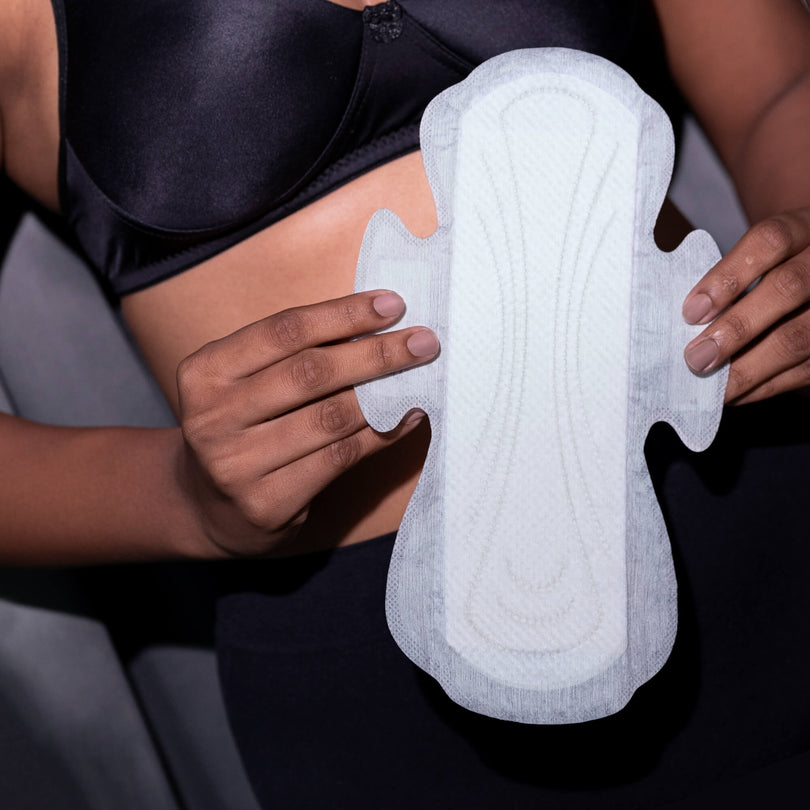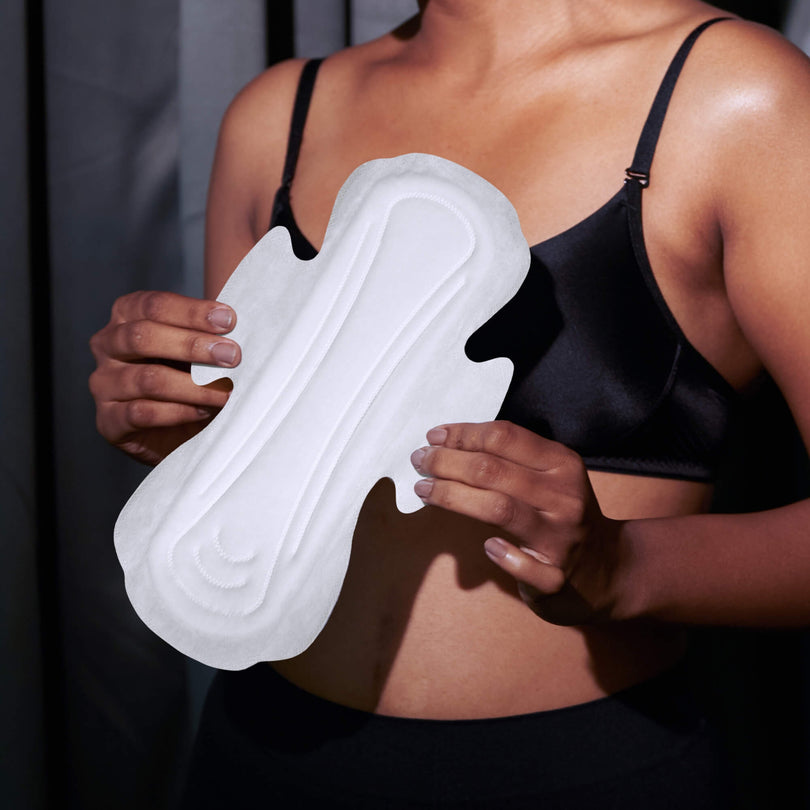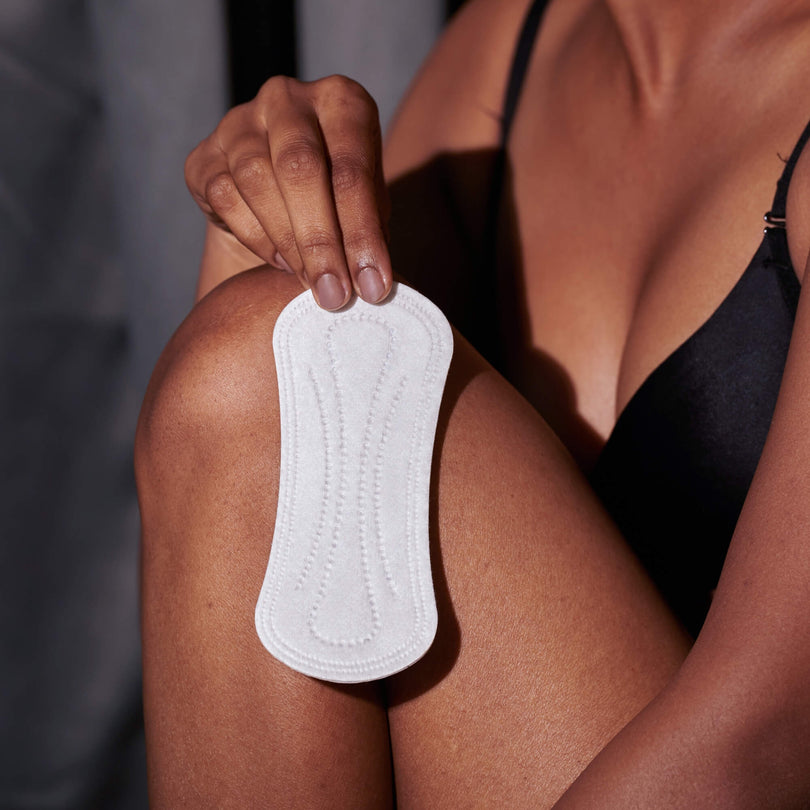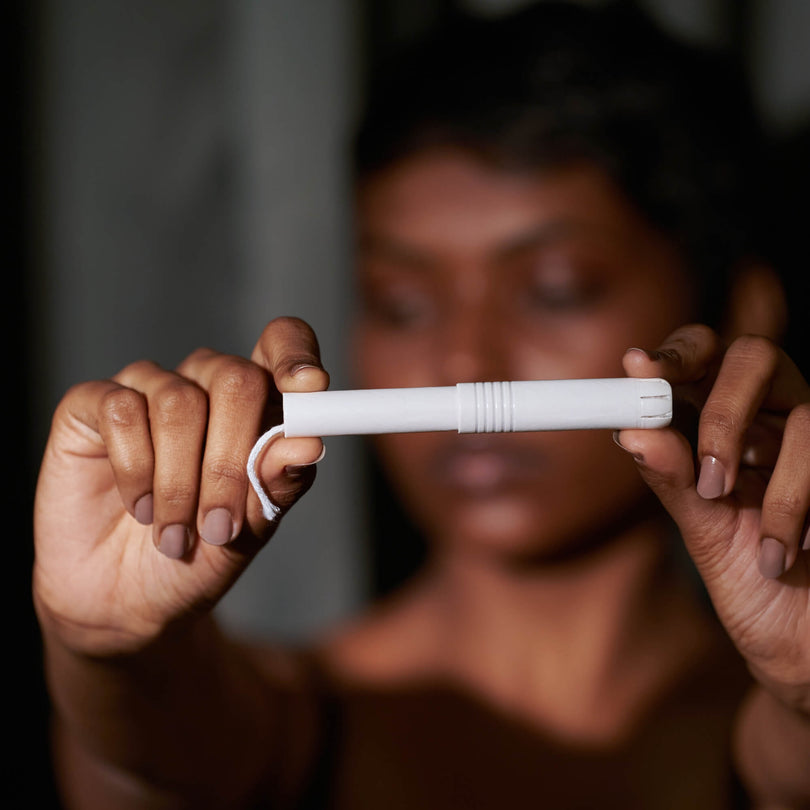Exploring pyrolysis (boichar) as an end-of-life scenario for used absorbent hygiene products
As an organization, our aim is to create a circular economy by not only developing sustainable, plant-based products, but by also designing effective waste management infrastructure to reduce the waste going to landfills. We have developed BetterCycle program to collect used plant-based absorbent hygiene products and to transform them into compost or biochar so the used products can safely go back to earth after disposal.
We have explored industrial composting and pyrolysis (boicahr) as two different sustainable disposal methods for used plant-based absorbent hygiene products. As composting process is relatively slower (compared to pyrolysis) and requires a large land area, our Biochar department is evaluating an alternative disposal method that uses a thermal treatment to transform used plant-based period products into nutrient rich biochar and heat while destroying pathogens.
At our Biochar lab, we are conducting research on the following areas:
1. Optimizing pyrolysis reaction parameters for different types of plant-based absorbent hygiene products
2. Characterization and testing of biochar
3. Conducing Life Cycle Assessment (LCA) to evaluate how we can reduce carbon emissions

Optimizing pyrolysis reaction parameters for different types of plant-based absorbent hygiene products
Biochar is made using a process called pyrolysis through which biomass is heated at very high temperatures, with little to no oxygen which termo-chemically transforms the biomass into a stable char, in just a few hours.
To ensure used plant-based products can be safely transformed into boichar, we start by characterization of the feedstock (composition of used period products). If the period product contains petrochemical based ingredients, the physico-chemical properties of the biochar will be very different compared to pyrolyzing product made from plant-based ingredients.
Optimizing pyrolysis reaction parameters for different types of plant-based absorbent hygiene products
Biochar is made using a process called pyrolysis through which biomass is heated at very high temperatures, with little to no oxygen which termo-chemically transforms the biomass into a stable char, in just a few hours.
To ensure used plant-based products can be safely transformed into boichar, we start by characterization of the feedstock (composition of used period products). If the period product contains petrochemical based ingredients, the physico-chemical properties of the biochar will be very different compared to pyrolyzing product made from plant-based ingredients. At our Biochar department, we evaluate how the plant-based products behave as we gradually increase the raection temperature from 32°F (0°C) to over 1100°F (600°C). We observe the thermal decomposition of the material and evaluate physico-chemical properties of the biochar such as moisture, total carbon, H/C ratio, etc. heavy metal analysis.
This Biochar can be used as a soil amendment as it is highly porous and provides ideal conditions for microorganisms to thrive in it. It also increases the water holding capacity of soil and reduces the need for fertilizer.

Conducting Life Cycle Assessment (LCA) to evaluate how we can reduce our carbon emission
As we work towards creating a circular economy, we continuously examine ways to reduce our overall environmental impact. We conduct internal audits and perform Life Cycle Assessment (LCA) by considering the full cradle-to-grave cycle of our products, starting from raw material extraction to distribution, use and disposal.
We measure the carbon footprint of our entire operation by carefully calculating our Scope 1, Scope 2 and Scope 3 emissions that represent our direct emissions (such as emissions from our manufacturing plants), indirect emissions (such as emissions from our purchased electricity) and other indirect emissions from our supply chain (such as emissions released from raw materials extraction, employee commuting, shipping etc).
Conducting Life Cycle Assessment (LCA) to evaluate how we can reduce our carbon emission
As we work towards creating a circular economy, we continuously examine ways to reduce our overall environmental impact. We conduct internal audits and perform Life Cycle Assessment (LCA) by considering the full cradle-to-grave cycle of our products, starting from raw material extraction to distribution, use and disposal.
We measure the carbon footprint of our entire operation by carefully calculating our Scope 1, Scope 2 and Scope 3 emissions that represent our direct emissions (such as emissions from our manufacturing plants), indirect emissions (such as emissions from our purchased electricity) and other indirect emissions from our supply chain (such as emissions released from raw materials extraction, employee commuting, shipping etc).
In order to accurately calculate our carbon footprint, we refer to a number of globally-accepted standards such as PAS 2050:2011, PAS 2060:2010, ISO 14067:2018, ISO 14024:2018, ISO 14025:2006 Environmental Product Declaration, ISO 14040-14044:2006 Product Life Cycle Assessment (LCA).








